Finance in Leadership and Management: Financial Reporting Analysis
VerifiedAdded on 2023/01/13
|13
|2696
|86
Report
AI Summary
This report delves into the critical role of finance within leadership and management, providing a comprehensive analysis of financial information and its impact on various stakeholders. It begins by identifying key users of financial data, such as company management, competitors, customers, employees, governments, investors, and lenders, and explains their respective interests in an enterprise's financial performance. The report then critically examines the methods used to communicate financial information to these stakeholders, emphasizing the importance of financial statements like the balance sheet, income statement, and cash flow statement. Furthermore, it explores the various types of financial data essential for decision-making in contemporary organizations, including net cash availability, revenue growth, profits, economic value added, growth indices, and operational efficiency metrics. Finally, the report evaluates and compares different financial reports, such as the balance sheet, income statement, and cash flow statement, while discussing the appropriate accounting concepts and frameworks utilized in their production, including money measurement, historical cost, going concern, business entity, dual aspect, prudence, and accrual concepts.
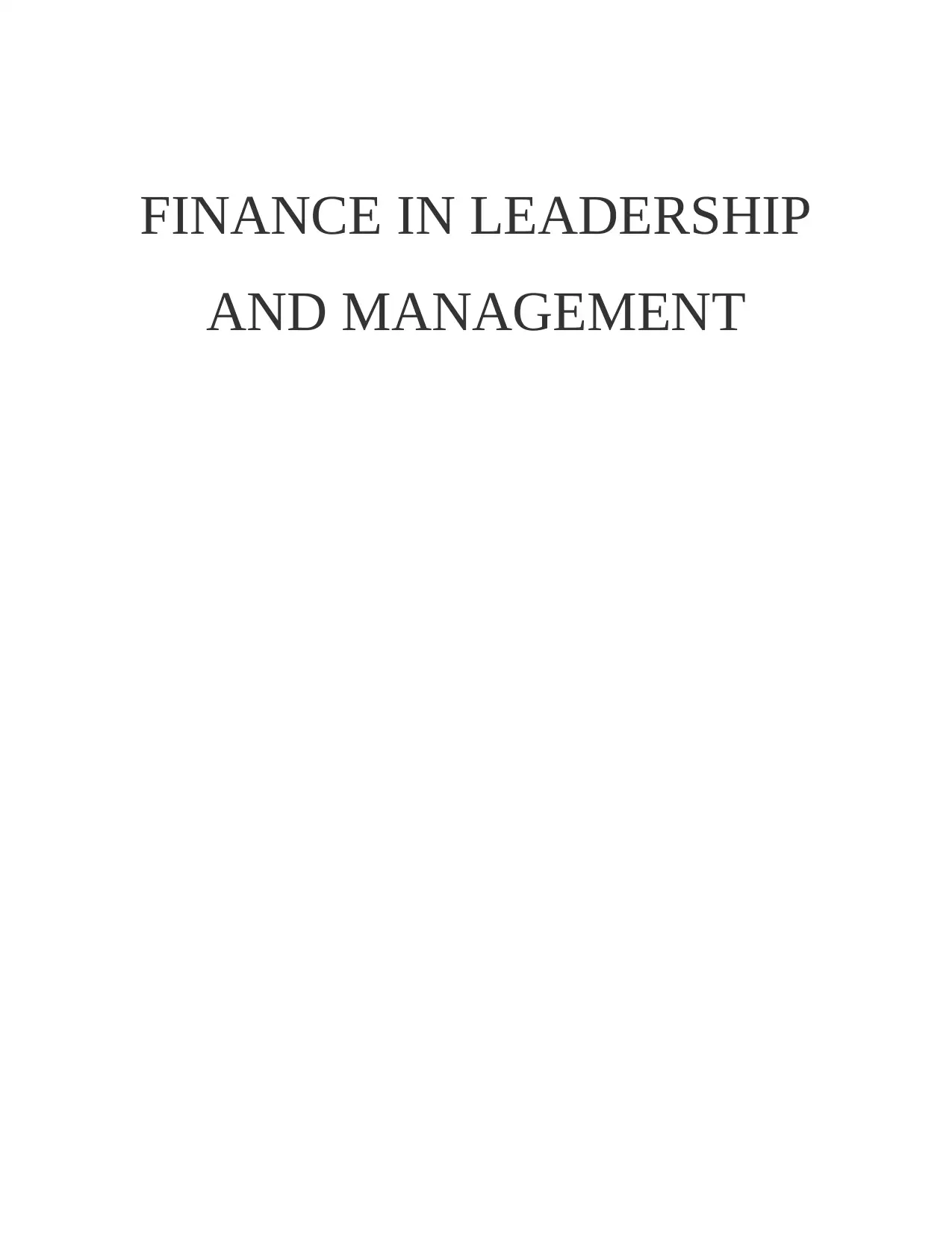
FINANCE IN LEADERSHIP
AND MANAGEMENT
AND MANAGEMENT
Paraphrase This Document
Need a fresh take? Get an instant paraphrase of this document with our AI Paraphraser

Table of Contents
INTRODUCTION...........................................................................................................................3
1. Explaining several users who are interested in the financial information of an enterprise and
the reason behind their interest 400.............................................................................................3
2. Critically analysing the ways in which financial information is been communicated to all
the stakeholders 400.....................................................................................................................4
3. Explaining and determining various types of the financial data and an information that is
needed for the purpose of decision making in a contemporary organization 500.......................5
4. Evaluating and comparing different final reports and discussion an appropriate accounting
concepts and the framework that is been used in producing it.700.............................................6
REFERENCES................................................................................................................................1
INTRODUCTION...........................................................................................................................3
1. Explaining several users who are interested in the financial information of an enterprise and
the reason behind their interest 400.............................................................................................3
2. Critically analysing the ways in which financial information is been communicated to all
the stakeholders 400.....................................................................................................................4
3. Explaining and determining various types of the financial data and an information that is
needed for the purpose of decision making in a contemporary organization 500.......................5
4. Evaluating and comparing different final reports and discussion an appropriate accounting
concepts and the framework that is been used in producing it.700.............................................6
REFERENCES................................................................................................................................1
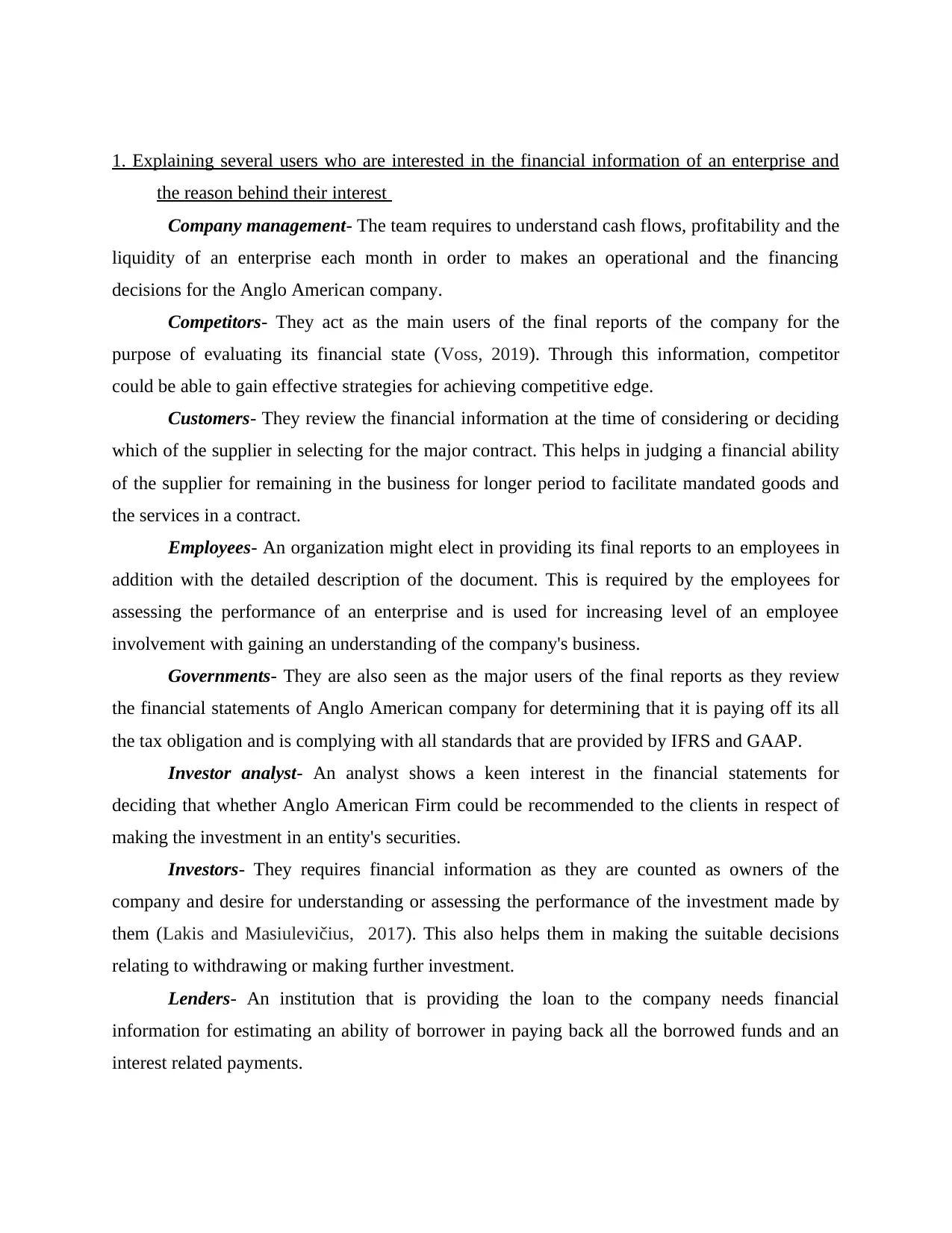
1. Explaining several users who are interested in the financial information of an enterprise and
the reason behind their interest
Company management- The team requires to understand cash flows, profitability and the
liquidity of an enterprise each month in order to makes an operational and the financing
decisions for the Anglo American company.
Competitors- They act as the main users of the final reports of the company for the
purpose of evaluating its financial state (Voss, 2019). Through this information, competitor
could be able to gain effective strategies for achieving competitive edge.
Customers- They review the financial information at the time of considering or deciding
which of the supplier in selecting for the major contract. This helps in judging a financial ability
of the supplier for remaining in the business for longer period to facilitate mandated goods and
the services in a contract.
Employees- An organization might elect in providing its final reports to an employees in
addition with the detailed description of the document. This is required by the employees for
assessing the performance of an enterprise and is used for increasing level of an employee
involvement with gaining an understanding of the company's business.
Governments- They are also seen as the major users of the final reports as they review
the financial statements of Anglo American company for determining that it is paying off its all
the tax obligation and is complying with all standards that are provided by IFRS and GAAP.
Investor analyst- An analyst shows a keen interest in the financial statements for
deciding that whether Anglo American Firm could be recommended to the clients in respect of
making the investment in an entity's securities.
Investors- They requires financial information as they are counted as owners of the
company and desire for understanding or assessing the performance of the investment made by
them (Lakis and Masiulevičius, 2017). This also helps them in making the suitable decisions
relating to withdrawing or making further investment.
Lenders- An institution that is providing the loan to the company needs financial
information for estimating an ability of borrower in paying back all the borrowed funds and an
interest related payments.
the reason behind their interest
Company management- The team requires to understand cash flows, profitability and the
liquidity of an enterprise each month in order to makes an operational and the financing
decisions for the Anglo American company.
Competitors- They act as the main users of the final reports of the company for the
purpose of evaluating its financial state (Voss, 2019). Through this information, competitor
could be able to gain effective strategies for achieving competitive edge.
Customers- They review the financial information at the time of considering or deciding
which of the supplier in selecting for the major contract. This helps in judging a financial ability
of the supplier for remaining in the business for longer period to facilitate mandated goods and
the services in a contract.
Employees- An organization might elect in providing its final reports to an employees in
addition with the detailed description of the document. This is required by the employees for
assessing the performance of an enterprise and is used for increasing level of an employee
involvement with gaining an understanding of the company's business.
Governments- They are also seen as the major users of the final reports as they review
the financial statements of Anglo American company for determining that it is paying off its all
the tax obligation and is complying with all standards that are provided by IFRS and GAAP.
Investor analyst- An analyst shows a keen interest in the financial statements for
deciding that whether Anglo American Firm could be recommended to the clients in respect of
making the investment in an entity's securities.
Investors- They requires financial information as they are counted as owners of the
company and desire for understanding or assessing the performance of the investment made by
them (Lakis and Masiulevičius, 2017). This also helps them in making the suitable decisions
relating to withdrawing or making further investment.
Lenders- An institution that is providing the loan to the company needs financial
information for estimating an ability of borrower in paying back all the borrowed funds and an
interest related payments.
⊘ This is a preview!⊘
Do you want full access?
Subscribe today to unlock all pages.

Trusted by 1+ million students worldwide
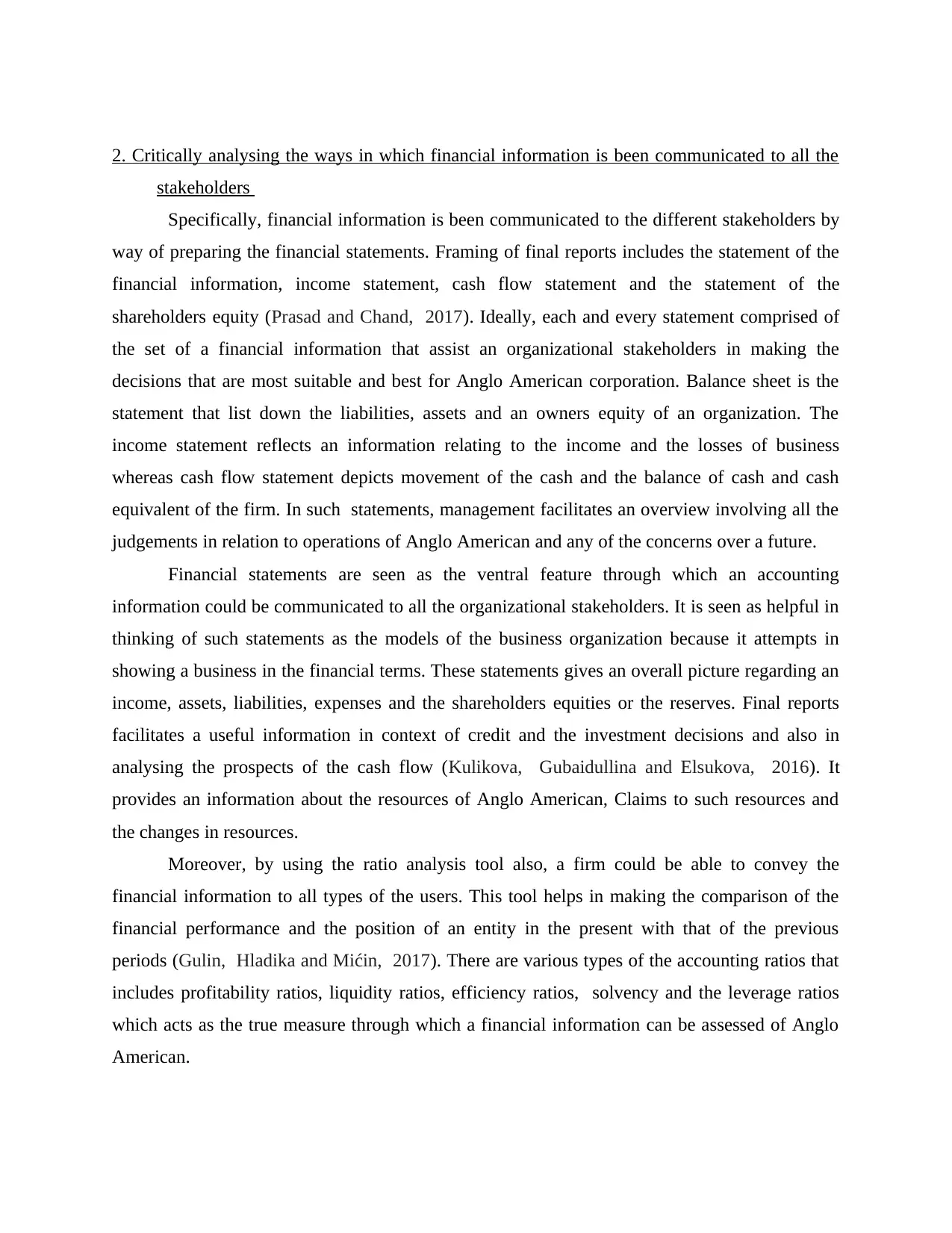
2. Critically analysing the ways in which financial information is been communicated to all the
stakeholders
Specifically, financial information is been communicated to the different stakeholders by
way of preparing the financial statements. Framing of final reports includes the statement of the
financial information, income statement, cash flow statement and the statement of the
shareholders equity (Prasad and Chand, 2017). Ideally, each and every statement comprised of
the set of a financial information that assist an organizational stakeholders in making the
decisions that are most suitable and best for Anglo American corporation. Balance sheet is the
statement that list down the liabilities, assets and an owners equity of an organization. The
income statement reflects an information relating to the income and the losses of business
whereas cash flow statement depicts movement of the cash and the balance of cash and cash
equivalent of the firm. In such statements, management facilitates an overview involving all the
judgements in relation to operations of Anglo American and any of the concerns over a future.
Financial statements are seen as the ventral feature through which an accounting
information could be communicated to all the organizational stakeholders. It is seen as helpful in
thinking of such statements as the models of the business organization because it attempts in
showing a business in the financial terms. These statements gives an overall picture regarding an
income, assets, liabilities, expenses and the shareholders equities or the reserves. Final reports
facilitates a useful information in context of credit and the investment decisions and also in
analysing the prospects of the cash flow (Kulikova, Gubaidullina and Elsukova, 2016). It
provides an information about the resources of Anglo American, Claims to such resources and
the changes in resources.
Moreover, by using the ratio analysis tool also, a firm could be able to convey the
financial information to all types of the users. This tool helps in making the comparison of the
financial performance and the position of an entity in the present with that of the previous
periods (Gulin, Hladika and Mićin, 2017). There are various types of the accounting ratios that
includes profitability ratios, liquidity ratios, efficiency ratios, solvency and the leverage ratios
which acts as the true measure through which a financial information can be assessed of Anglo
American.
stakeholders
Specifically, financial information is been communicated to the different stakeholders by
way of preparing the financial statements. Framing of final reports includes the statement of the
financial information, income statement, cash flow statement and the statement of the
shareholders equity (Prasad and Chand, 2017). Ideally, each and every statement comprised of
the set of a financial information that assist an organizational stakeholders in making the
decisions that are most suitable and best for Anglo American corporation. Balance sheet is the
statement that list down the liabilities, assets and an owners equity of an organization. The
income statement reflects an information relating to the income and the losses of business
whereas cash flow statement depicts movement of the cash and the balance of cash and cash
equivalent of the firm. In such statements, management facilitates an overview involving all the
judgements in relation to operations of Anglo American and any of the concerns over a future.
Financial statements are seen as the ventral feature through which an accounting
information could be communicated to all the organizational stakeholders. It is seen as helpful in
thinking of such statements as the models of the business organization because it attempts in
showing a business in the financial terms. These statements gives an overall picture regarding an
income, assets, liabilities, expenses and the shareholders equities or the reserves. Final reports
facilitates a useful information in context of credit and the investment decisions and also in
analysing the prospects of the cash flow (Kulikova, Gubaidullina and Elsukova, 2016). It
provides an information about the resources of Anglo American, Claims to such resources and
the changes in resources.
Moreover, by using the ratio analysis tool also, a firm could be able to convey the
financial information to all types of the users. This tool helps in making the comparison of the
financial performance and the position of an entity in the present with that of the previous
periods (Gulin, Hladika and Mićin, 2017). There are various types of the accounting ratios that
includes profitability ratios, liquidity ratios, efficiency ratios, solvency and the leverage ratios
which acts as the true measure through which a financial information can be assessed of Anglo
American.
Paraphrase This Document
Need a fresh take? Get an instant paraphrase of this document with our AI Paraphraser
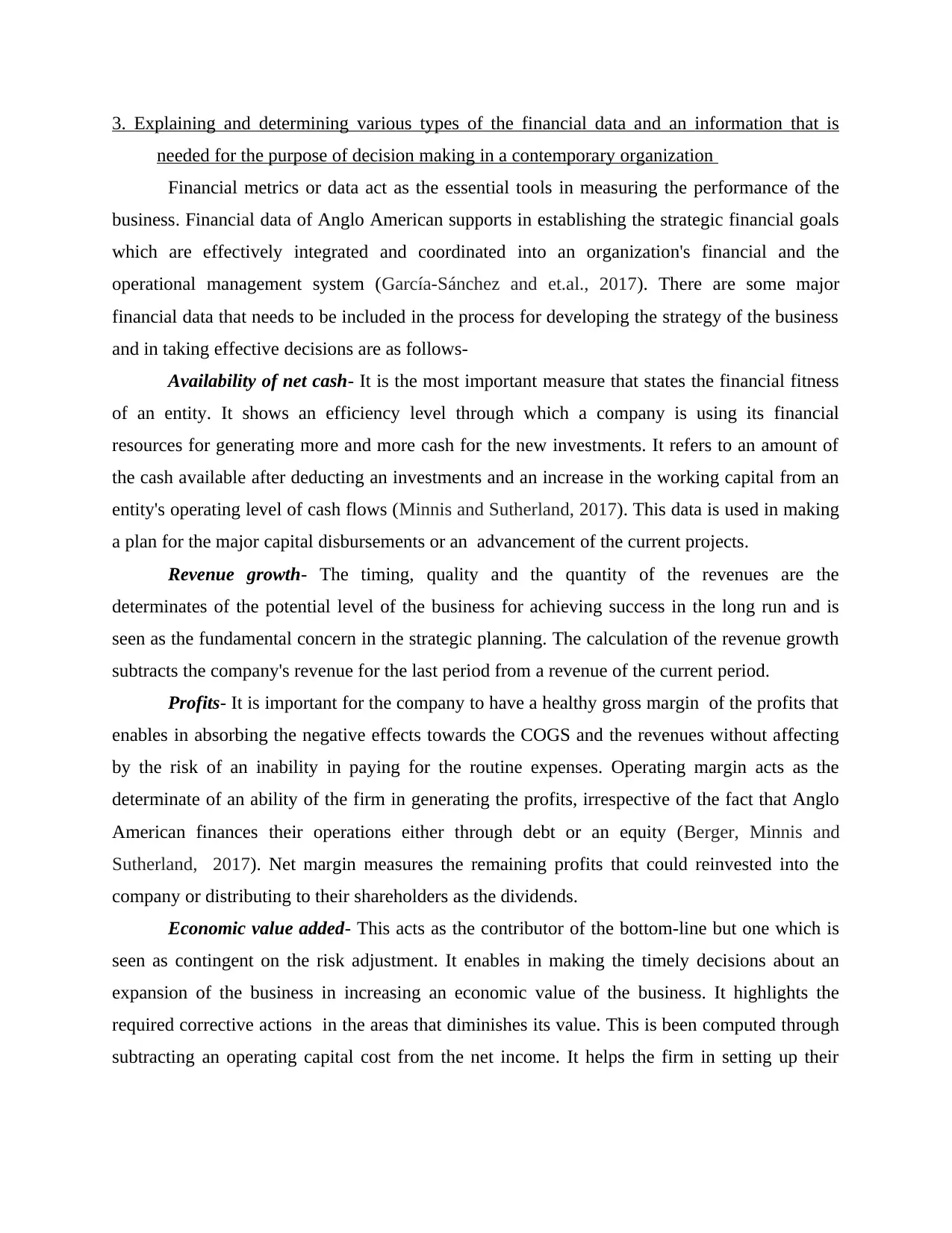
3. Explaining and determining various types of the financial data and an information that is
needed for the purpose of decision making in a contemporary organization
Financial metrics or data act as the essential tools in measuring the performance of the
business. Financial data of Anglo American supports in establishing the strategic financial goals
which are effectively integrated and coordinated into an organization's financial and the
operational management system (García-Sánchez and et.al., 2017). There are some major
financial data that needs to be included in the process for developing the strategy of the business
and in taking effective decisions are as follows-
Availability of net cash- It is the most important measure that states the financial fitness
of an entity. It shows an efficiency level through which a company is using its financial
resources for generating more and more cash for the new investments. It refers to an amount of
the cash available after deducting an investments and an increase in the working capital from an
entity's operating level of cash flows (Minnis and Sutherland, 2017). This data is used in making
a plan for the major capital disbursements or an advancement of the current projects.
Revenue growth- The timing, quality and the quantity of the revenues are the
determinates of the potential level of the business for achieving success in the long run and is
seen as the fundamental concern in the strategic planning. The calculation of the revenue growth
subtracts the company's revenue for the last period from a revenue of the current period.
Profits- It is important for the company to have a healthy gross margin of the profits that
enables in absorbing the negative effects towards the COGS and the revenues without affecting
by the risk of an inability in paying for the routine expenses. Operating margin acts as the
determinate of an ability of the firm in generating the profits, irrespective of the fact that Anglo
American finances their operations either through debt or an equity (Berger, Minnis and
Sutherland, 2017). Net margin measures the remaining profits that could reinvested into the
company or distributing to their shareholders as the dividends.
Economic value added- This acts as the contributor of the bottom-line but one which is
seen as contingent on the risk adjustment. It enables in making the timely decisions about an
expansion of the business in increasing an economic value of the business. It highlights the
required corrective actions in the areas that diminishes its value. This is been computed through
subtracting an operating capital cost from the net income. It helps the firm in setting up their
needed for the purpose of decision making in a contemporary organization
Financial metrics or data act as the essential tools in measuring the performance of the
business. Financial data of Anglo American supports in establishing the strategic financial goals
which are effectively integrated and coordinated into an organization's financial and the
operational management system (García-Sánchez and et.al., 2017). There are some major
financial data that needs to be included in the process for developing the strategy of the business
and in taking effective decisions are as follows-
Availability of net cash- It is the most important measure that states the financial fitness
of an entity. It shows an efficiency level through which a company is using its financial
resources for generating more and more cash for the new investments. It refers to an amount of
the cash available after deducting an investments and an increase in the working capital from an
entity's operating level of cash flows (Minnis and Sutherland, 2017). This data is used in making
a plan for the major capital disbursements or an advancement of the current projects.
Revenue growth- The timing, quality and the quantity of the revenues are the
determinates of the potential level of the business for achieving success in the long run and is
seen as the fundamental concern in the strategic planning. The calculation of the revenue growth
subtracts the company's revenue for the last period from a revenue of the current period.
Profits- It is important for the company to have a healthy gross margin of the profits that
enables in absorbing the negative effects towards the COGS and the revenues without affecting
by the risk of an inability in paying for the routine expenses. Operating margin acts as the
determinate of an ability of the firm in generating the profits, irrespective of the fact that Anglo
American finances their operations either through debt or an equity (Berger, Minnis and
Sutherland, 2017). Net margin measures the remaining profits that could reinvested into the
company or distributing to their shareholders as the dividends.
Economic value added- This acts as the contributor of the bottom-line but one which is
seen as contingent on the risk adjustment. It enables in making the timely decisions about an
expansion of the business in increasing an economic value of the business. It highlights the
required corrective actions in the areas that diminishes its value. This is been computed through
subtracting an operating capital cost from the net income. It helps the firm in setting up their

business goals in adding up for an economic value used for assessing value contributions and in
improving process of the resource allocation.
Growth indices- It is the data that shows the growth of an entity's sales and the market
share (Bailey and Samuels, 2018). It indicates financial acceptability of a trade-offs that is made
for the growth in respect of the reduced profit ratios, cash flow and the ROI. It is important for
the business to set the strategic goals with an improvement in the growth index.
Operational efficiency- It is the measure regarding the way in which the resources of the
business are efficiently used. Lower profits results in the poor value of operational efficiency and
the areas included in such evaluation involves receivable turnover that measures an efficiency
level in managing the credit accounts of the customers.
Liquidity- Financial data relating to current assets and the liabilities is been required
under the liquidity analysis which helps in examining an ability for generating sufficient cash in
paying all the cash expenses.
4. Evaluating and comparing different final reports and discussion an appropriate accounting
concepts and the framework that is been used in producing it.
Balance sheet Income statement Cash flow statement
It is the statement that shows
the details regarding assets
and liabilities of Anglo
American.
This statement reflects revenues
and the expenses that are
incurred in running the business.
It means the statement that
records for the cash inflows
and the outflows of Anglo
American.
This financial statement
presents the financial position
of Anglo American.
Income statement depicts the
financial performance of Anglo
American by viewing the
profitability earned by it.
This statement tells about the
cash position of Anglo
American.
The assets are been
categorised into two segments
that includes current assets
and the fixed assets
(Lemishovska, 2018).
However, liability section
It includes revenue, other
income, cost of goods sold,
operating expenses with interest
and tax expenses.
It is the statement that is
divided into three major
activities of the business that
is operating activity,
investing and the financing
activity.
improving process of the resource allocation.
Growth indices- It is the data that shows the growth of an entity's sales and the market
share (Bailey and Samuels, 2018). It indicates financial acceptability of a trade-offs that is made
for the growth in respect of the reduced profit ratios, cash flow and the ROI. It is important for
the business to set the strategic goals with an improvement in the growth index.
Operational efficiency- It is the measure regarding the way in which the resources of the
business are efficiently used. Lower profits results in the poor value of operational efficiency and
the areas included in such evaluation involves receivable turnover that measures an efficiency
level in managing the credit accounts of the customers.
Liquidity- Financial data relating to current assets and the liabilities is been required
under the liquidity analysis which helps in examining an ability for generating sufficient cash in
paying all the cash expenses.
4. Evaluating and comparing different final reports and discussion an appropriate accounting
concepts and the framework that is been used in producing it.
Balance sheet Income statement Cash flow statement
It is the statement that shows
the details regarding assets
and liabilities of Anglo
American.
This statement reflects revenues
and the expenses that are
incurred in running the business.
It means the statement that
records for the cash inflows
and the outflows of Anglo
American.
This financial statement
presents the financial position
of Anglo American.
Income statement depicts the
financial performance of Anglo
American by viewing the
profitability earned by it.
This statement tells about the
cash position of Anglo
American.
The assets are been
categorised into two segments
that includes current assets
and the fixed assets
(Lemishovska, 2018).
However, liability section
It includes revenue, other
income, cost of goods sold,
operating expenses with interest
and tax expenses.
It is the statement that is
divided into three major
activities of the business that
is operating activity,
investing and the financing
activity.
⊘ This is a preview!⊘
Do you want full access?
Subscribe today to unlock all pages.

Trusted by 1+ million students worldwide
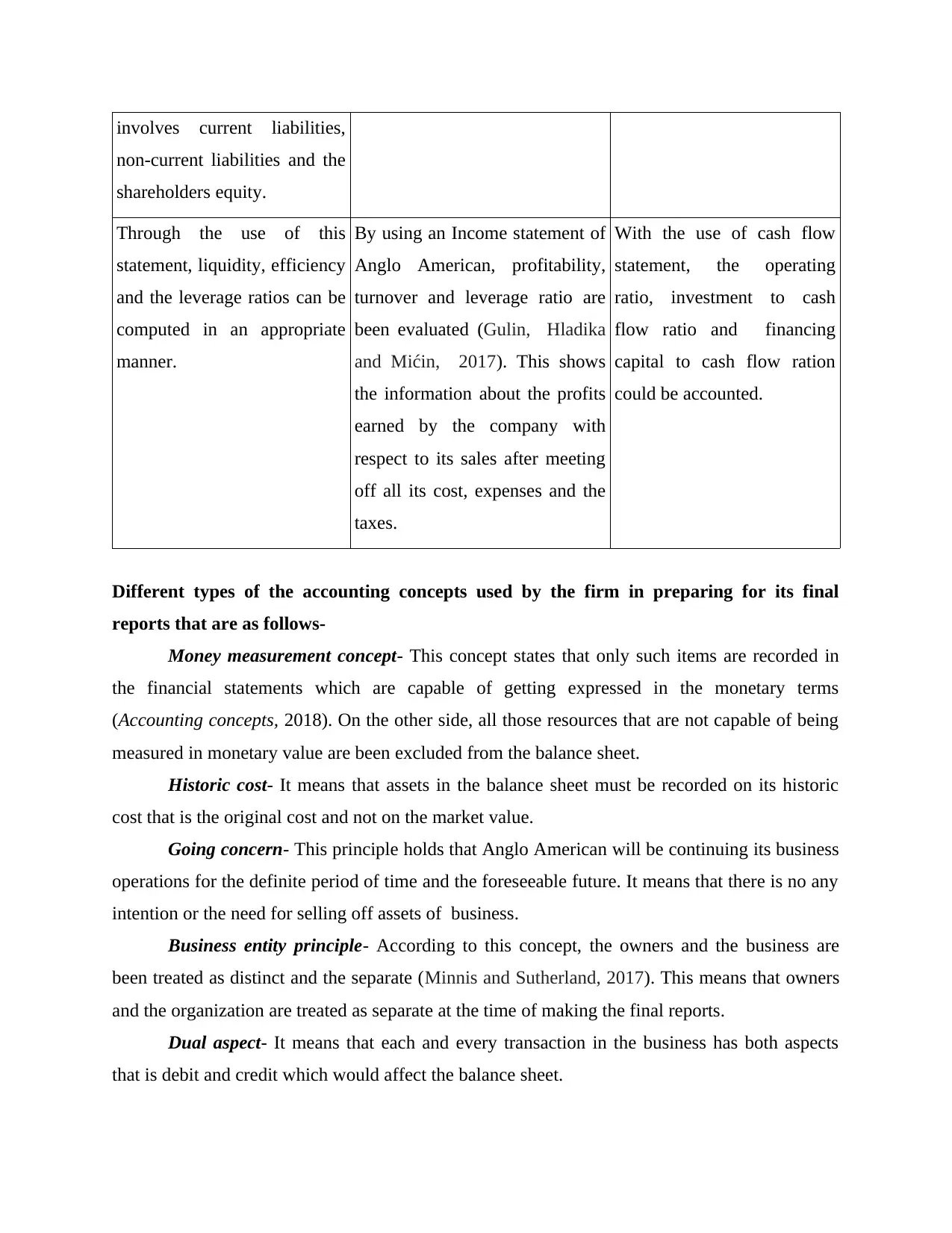
involves current liabilities,
non-current liabilities and the
shareholders equity.
Through the use of this
statement, liquidity, efficiency
and the leverage ratios can be
computed in an appropriate
manner.
By using an Income statement of
Anglo American, profitability,
turnover and leverage ratio are
been evaluated (Gulin, Hladika
and Mićin, 2017). This shows
the information about the profits
earned by the company with
respect to its sales after meeting
off all its cost, expenses and the
taxes.
With the use of cash flow
statement, the operating
ratio, investment to cash
flow ratio and financing
capital to cash flow ration
could be accounted.
Different types of the accounting concepts used by the firm in preparing for its final
reports that are as follows-
Money measurement concept- This concept states that only such items are recorded in
the financial statements which are capable of getting expressed in the monetary terms
(Accounting concepts, 2018). On the other side, all those resources that are not capable of being
measured in monetary value are been excluded from the balance sheet.
Historic cost- It means that assets in the balance sheet must be recorded on its historic
cost that is the original cost and not on the market value.
Going concern- This principle holds that Anglo American will be continuing its business
operations for the definite period of time and the foreseeable future. It means that there is no any
intention or the need for selling off assets of business.
Business entity principle- According to this concept, the owners and the business are
been treated as distinct and the separate (Minnis and Sutherland, 2017). This means that owners
and the organization are treated as separate at the time of making the final reports.
Dual aspect- It means that each and every transaction in the business has both aspects
that is debit and credit which would affect the balance sheet.
non-current liabilities and the
shareholders equity.
Through the use of this
statement, liquidity, efficiency
and the leverage ratios can be
computed in an appropriate
manner.
By using an Income statement of
Anglo American, profitability,
turnover and leverage ratio are
been evaluated (Gulin, Hladika
and Mićin, 2017). This shows
the information about the profits
earned by the company with
respect to its sales after meeting
off all its cost, expenses and the
taxes.
With the use of cash flow
statement, the operating
ratio, investment to cash
flow ratio and financing
capital to cash flow ration
could be accounted.
Different types of the accounting concepts used by the firm in preparing for its final
reports that are as follows-
Money measurement concept- This concept states that only such items are recorded in
the financial statements which are capable of getting expressed in the monetary terms
(Accounting concepts, 2018). On the other side, all those resources that are not capable of being
measured in monetary value are been excluded from the balance sheet.
Historic cost- It means that assets in the balance sheet must be recorded on its historic
cost that is the original cost and not on the market value.
Going concern- This principle holds that Anglo American will be continuing its business
operations for the definite period of time and the foreseeable future. It means that there is no any
intention or the need for selling off assets of business.
Business entity principle- According to this concept, the owners and the business are
been treated as distinct and the separate (Minnis and Sutherland, 2017). This means that owners
and the organization are treated as separate at the time of making the final reports.
Dual aspect- It means that each and every transaction in the business has both aspects
that is debit and credit which would affect the balance sheet.
Paraphrase This Document
Need a fresh take? Get an instant paraphrase of this document with our AI Paraphraser
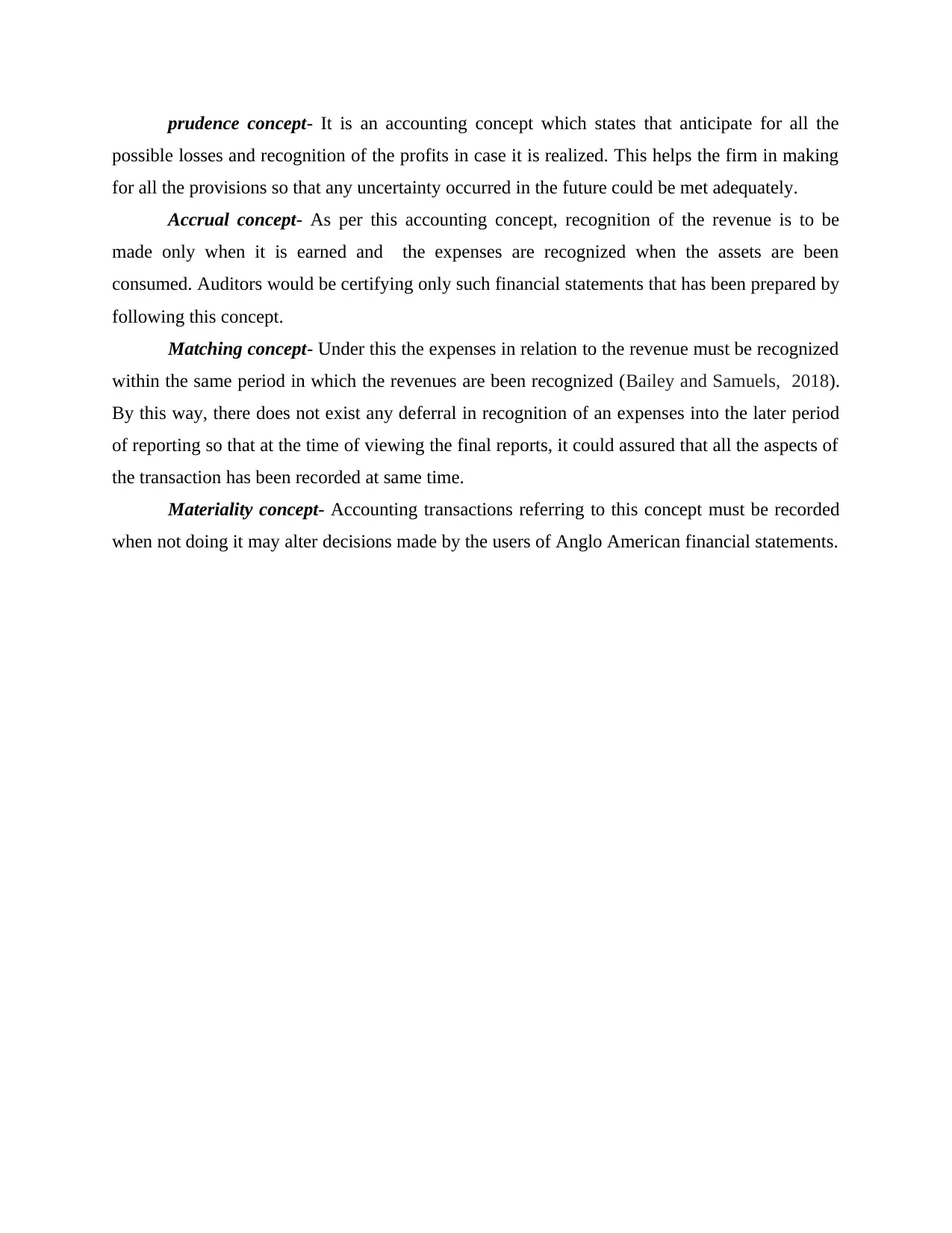
prudence concept- It is an accounting concept which states that anticipate for all the
possible losses and recognition of the profits in case it is realized. This helps the firm in making
for all the provisions so that any uncertainty occurred in the future could be met adequately.
Accrual concept- As per this accounting concept, recognition of the revenue is to be
made only when it is earned and the expenses are recognized when the assets are been
consumed. Auditors would be certifying only such financial statements that has been prepared by
following this concept.
Matching concept- Under this the expenses in relation to the revenue must be recognized
within the same period in which the revenues are been recognized (Bailey and Samuels, 2018).
By this way, there does not exist any deferral in recognition of an expenses into the later period
of reporting so that at the time of viewing the final reports, it could assured that all the aspects of
the transaction has been recorded at same time.
Materiality concept- Accounting transactions referring to this concept must be recorded
when not doing it may alter decisions made by the users of Anglo American financial statements.
possible losses and recognition of the profits in case it is realized. This helps the firm in making
for all the provisions so that any uncertainty occurred in the future could be met adequately.
Accrual concept- As per this accounting concept, recognition of the revenue is to be
made only when it is earned and the expenses are recognized when the assets are been
consumed. Auditors would be certifying only such financial statements that has been prepared by
following this concept.
Matching concept- Under this the expenses in relation to the revenue must be recognized
within the same period in which the revenues are been recognized (Bailey and Samuels, 2018).
By this way, there does not exist any deferral in recognition of an expenses into the later period
of reporting so that at the time of viewing the final reports, it could assured that all the aspects of
the transaction has been recorded at same time.
Materiality concept- Accounting transactions referring to this concept must be recorded
when not doing it may alter decisions made by the users of Anglo American financial statements.
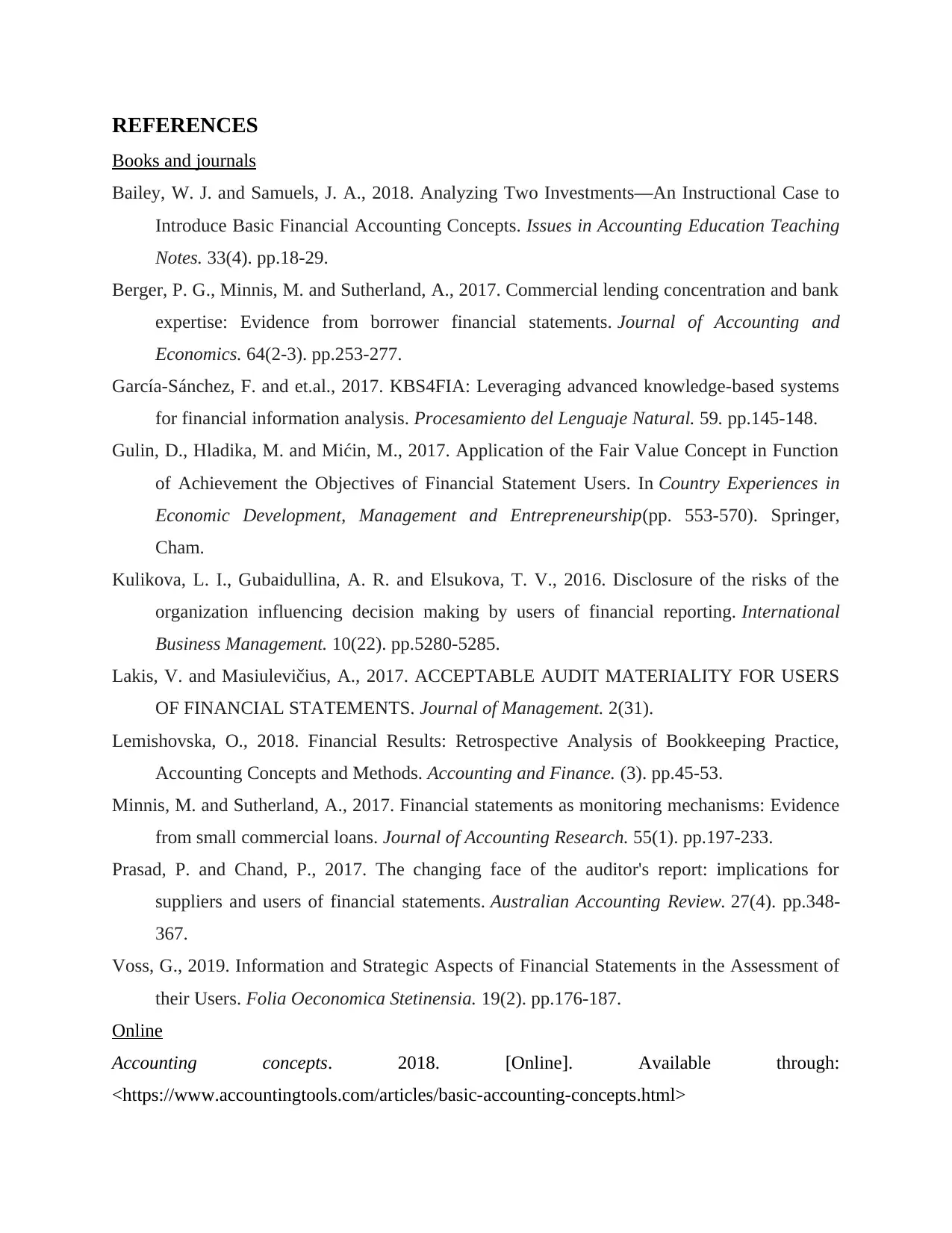
REFERENCES
Books and journals
Bailey, W. J. and Samuels, J. A., 2018. Analyzing Two Investments—An Instructional Case to
Introduce Basic Financial Accounting Concepts. Issues in Accounting Education Teaching
Notes. 33(4). pp.18-29.
Berger, P. G., Minnis, M. and Sutherland, A., 2017. Commercial lending concentration and bank
expertise: Evidence from borrower financial statements. Journal of Accounting and
Economics. 64(2-3). pp.253-277.
García-Sánchez, F. and et.al., 2017. KBS4FIA: Leveraging advanced knowledge-based systems
for financial information analysis. Procesamiento del Lenguaje Natural. 59. pp.145-148.
Gulin, D., Hladika, M. and Mićin, M., 2017. Application of the Fair Value Concept in Function
of Achievement the Objectives of Financial Statement Users. In Country Experiences in
Economic Development, Management and Entrepreneurship(pp. 553-570). Springer,
Cham.
Kulikova, L. I., Gubaidullina, A. R. and Elsukova, T. V., 2016. Disclosure of the risks of the
organization influencing decision making by users of financial reporting. International
Business Management. 10(22). pp.5280-5285.
Lakis, V. and Masiulevičius, A., 2017. ACCEPTABLE AUDIT MATERIALITY FOR USERS
OF FINANCIAL STATEMENTS. Journal of Management. 2(31).
Lemishovska, O., 2018. Financial Results: Retrospective Analysis of Bookkeeping Practice,
Accounting Concepts and Methods. Accounting and Finance. (3). pp.45-53.
Minnis, M. and Sutherland, A., 2017. Financial statements as monitoring mechanisms: Evidence
from small commercial loans. Journal of Accounting Research. 55(1). pp.197-233.
Prasad, P. and Chand, P., 2017. The changing face of the auditor's report: implications for
suppliers and users of financial statements. Australian Accounting Review. 27(4). pp.348-
367.
Voss, G., 2019. Information and Strategic Aspects of Financial Statements in the Assessment of
their Users. Folia Oeconomica Stetinensia. 19(2). pp.176-187.
Online
Accounting concepts. 2018. [Online]. Available through:
<https://www.accountingtools.com/articles/basic-accounting-concepts.html>
Books and journals
Bailey, W. J. and Samuels, J. A., 2018. Analyzing Two Investments—An Instructional Case to
Introduce Basic Financial Accounting Concepts. Issues in Accounting Education Teaching
Notes. 33(4). pp.18-29.
Berger, P. G., Minnis, M. and Sutherland, A., 2017. Commercial lending concentration and bank
expertise: Evidence from borrower financial statements. Journal of Accounting and
Economics. 64(2-3). pp.253-277.
García-Sánchez, F. and et.al., 2017. KBS4FIA: Leveraging advanced knowledge-based systems
for financial information analysis. Procesamiento del Lenguaje Natural. 59. pp.145-148.
Gulin, D., Hladika, M. and Mićin, M., 2017. Application of the Fair Value Concept in Function
of Achievement the Objectives of Financial Statement Users. In Country Experiences in
Economic Development, Management and Entrepreneurship(pp. 553-570). Springer,
Cham.
Kulikova, L. I., Gubaidullina, A. R. and Elsukova, T. V., 2016. Disclosure of the risks of the
organization influencing decision making by users of financial reporting. International
Business Management. 10(22). pp.5280-5285.
Lakis, V. and Masiulevičius, A., 2017. ACCEPTABLE AUDIT MATERIALITY FOR USERS
OF FINANCIAL STATEMENTS. Journal of Management. 2(31).
Lemishovska, O., 2018. Financial Results: Retrospective Analysis of Bookkeeping Practice,
Accounting Concepts and Methods. Accounting and Finance. (3). pp.45-53.
Minnis, M. and Sutherland, A., 2017. Financial statements as monitoring mechanisms: Evidence
from small commercial loans. Journal of Accounting Research. 55(1). pp.197-233.
Prasad, P. and Chand, P., 2017. The changing face of the auditor's report: implications for
suppliers and users of financial statements. Australian Accounting Review. 27(4). pp.348-
367.
Voss, G., 2019. Information and Strategic Aspects of Financial Statements in the Assessment of
their Users. Folia Oeconomica Stetinensia. 19(2). pp.176-187.
Online
Accounting concepts. 2018. [Online]. Available through:
<https://www.accountingtools.com/articles/basic-accounting-concepts.html>
⊘ This is a preview!⊘
Do you want full access?
Subscribe today to unlock all pages.

Trusted by 1+ million students worldwide
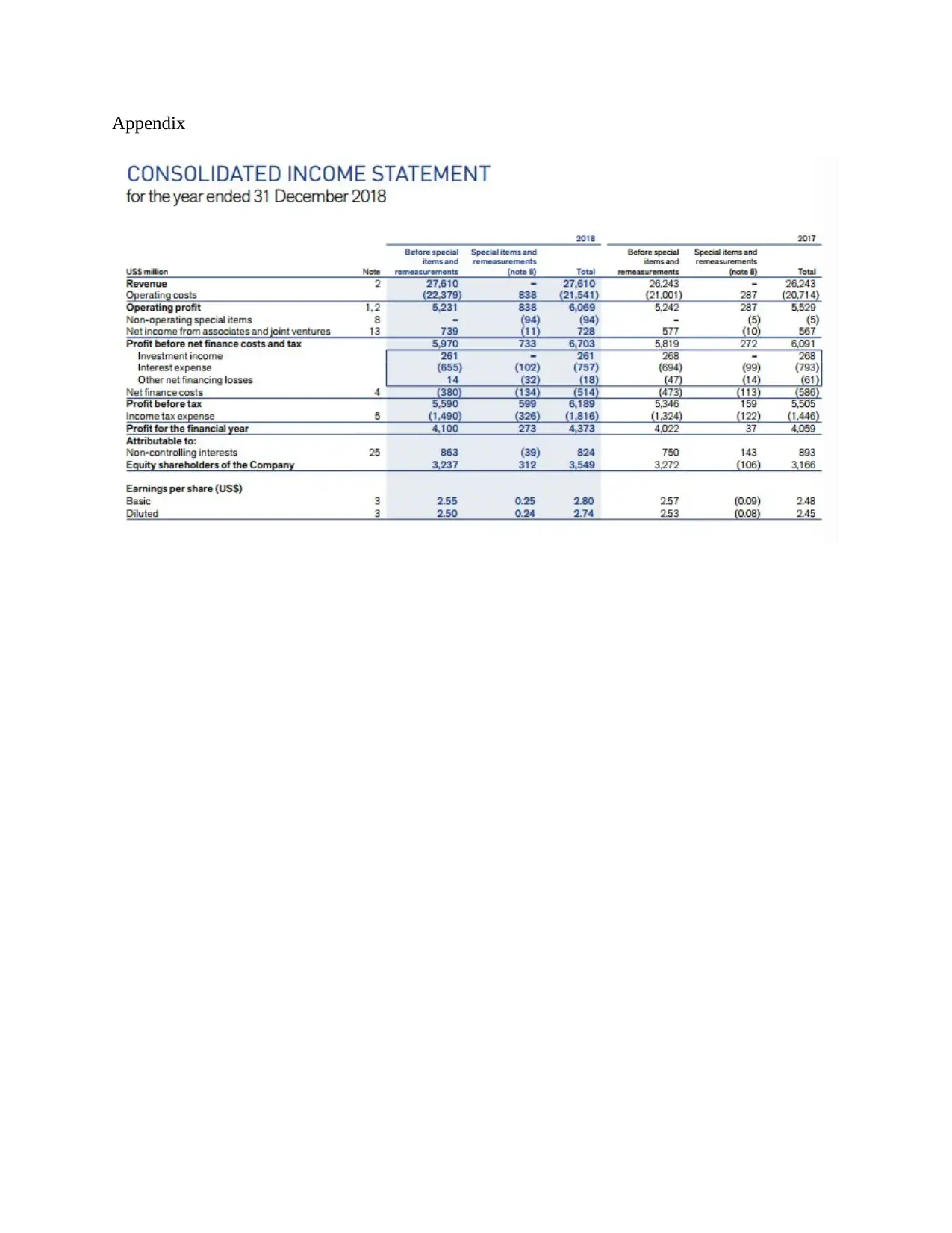
Appendix
Paraphrase This Document
Need a fresh take? Get an instant paraphrase of this document with our AI Paraphraser
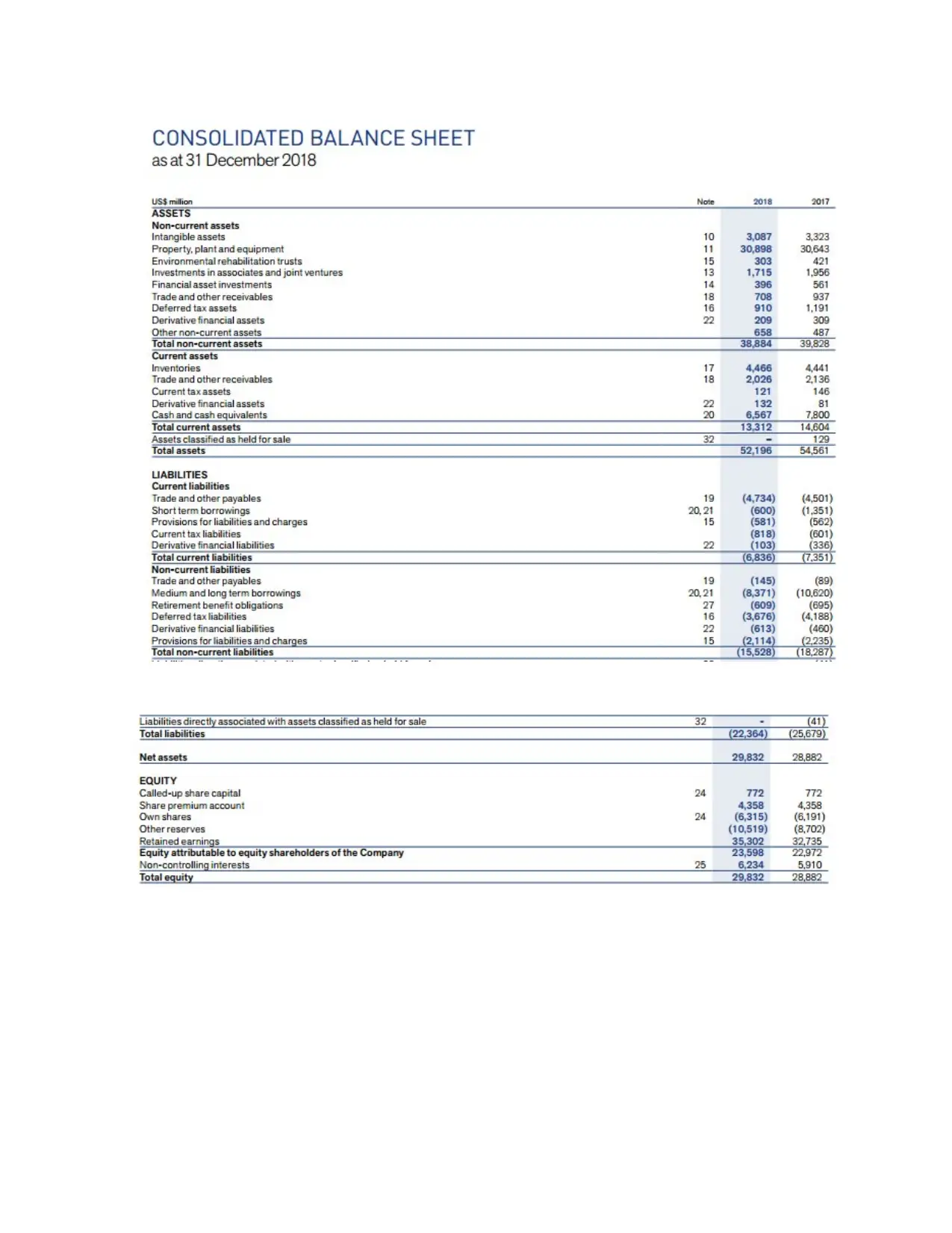
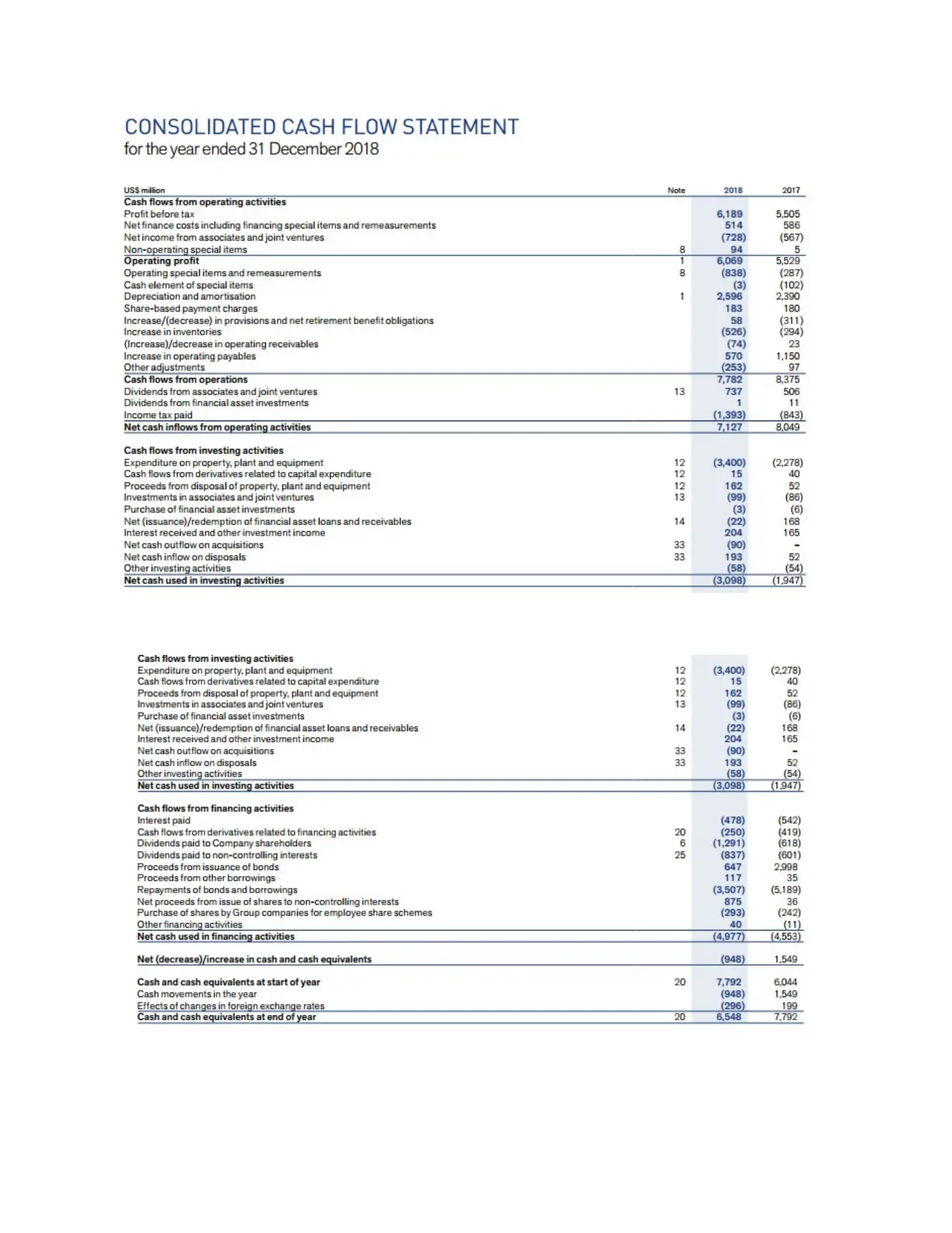
⊘ This is a preview!⊘
Do you want full access?
Subscribe today to unlock all pages.

Trusted by 1+ million students worldwide
1 out of 13
Related Documents
Your All-in-One AI-Powered Toolkit for Academic Success.
+13062052269
info@desklib.com
Available 24*7 on WhatsApp / Email
![[object Object]](/_next/static/media/star-bottom.7253800d.svg)
Unlock your academic potential
Copyright © 2020–2025 A2Z Services. All Rights Reserved. Developed and managed by ZUCOL.



